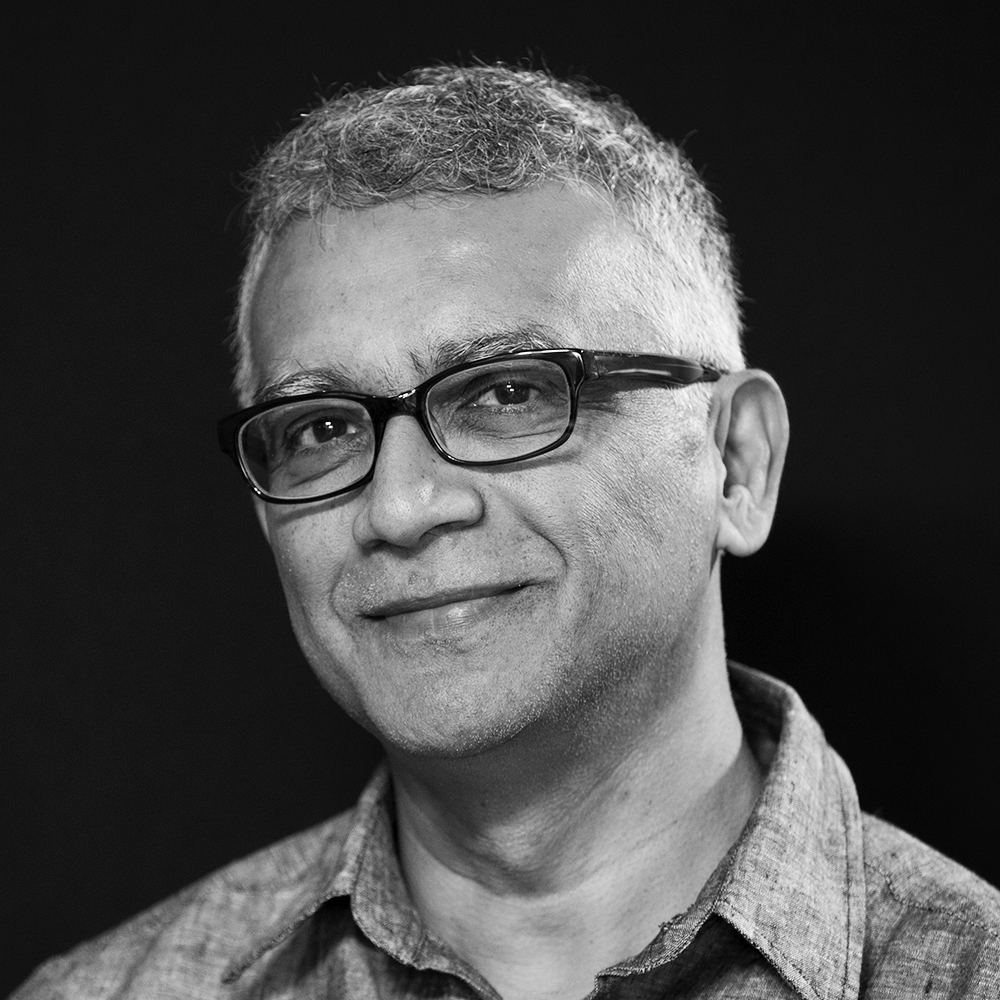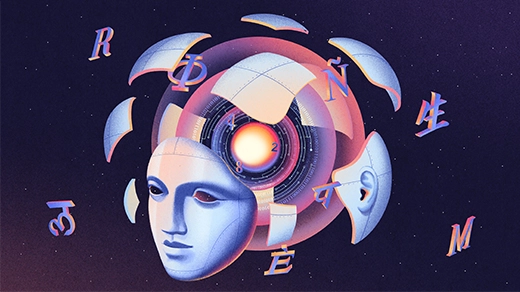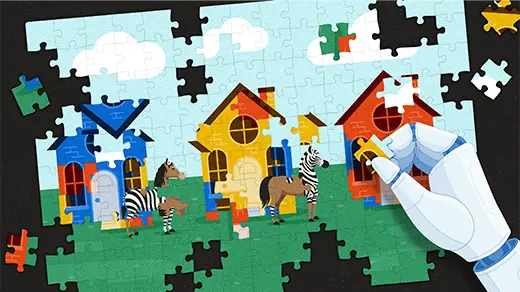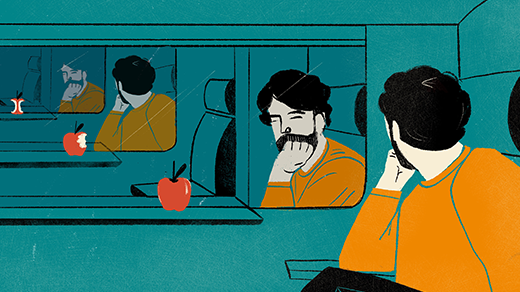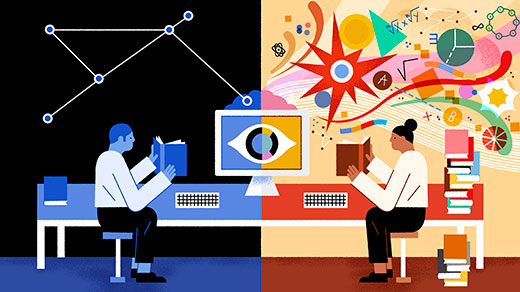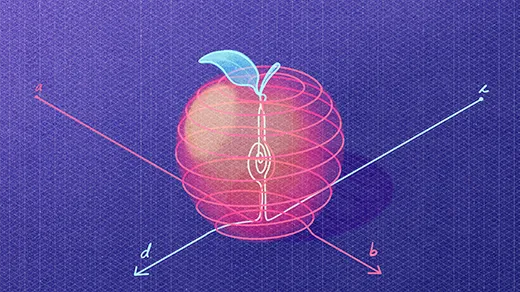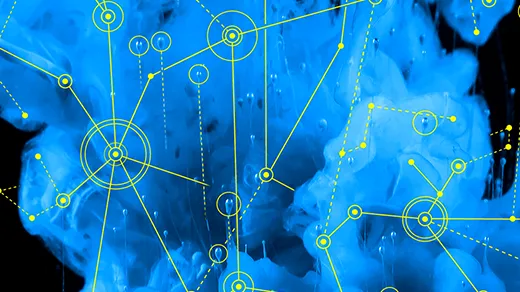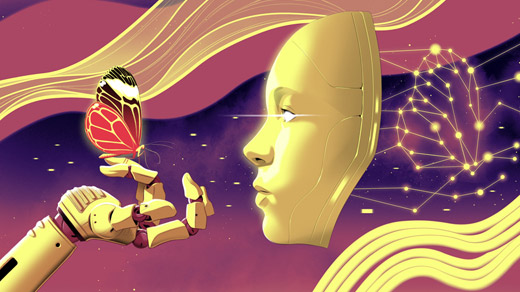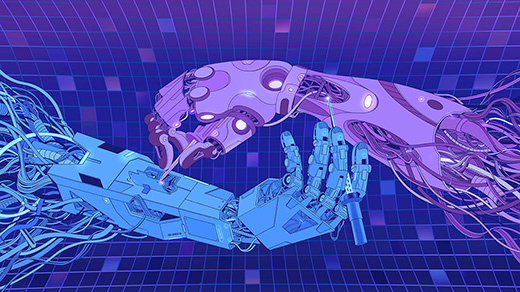Latest Articles
To Make Language Models Work Better, Researchers Sidestep Language
We insist that large language models repeatedly translate their mathematical processes into words. There may be a better way.
Chatbot Software Begins to Face Fundamental Limitations
Recent results show that large language models struggle with compositional tasks, suggesting a hard limit to their abilities.
In the Quantum World, Even Points of View Are Uncertain
The reference frames from which observers view quantum events can themselves have multiple possible locations at once — an insight with potentially major ramifications.
How Do Machines ‘Grok’ Data?
By apparently overtraining them, researchers have seen neural networks discover novel solutions to problems.
New Theory Suggests Chatbots Can Understand Text
Far from being “stochastic parrots,” the biggest large language models seem to learn enough skills to understand the words they’re processing.
A New Approach to Computation Reimagines Artificial Intelligence
By imbuing enormous vectors with semantic meaning, we can get machines to reason more abstractly — and efficiently — than before.
The Physics Principle That Inspired Modern AI Art
Diffusion models generate incredible images by learning to reverse the process that, among other things, causes ink to spread through water.
Self-Taught AI Shows Similarities to How the Brain Works
Self-supervised learning allows a neural network to figure out for itself what matters. The process might be what makes our own brains so successful.
Researchers Build AI That Builds AI
By using hypernetworks, researchers can now preemptively fine-tune artificial neural networks, saving some of the time and expense of training.
